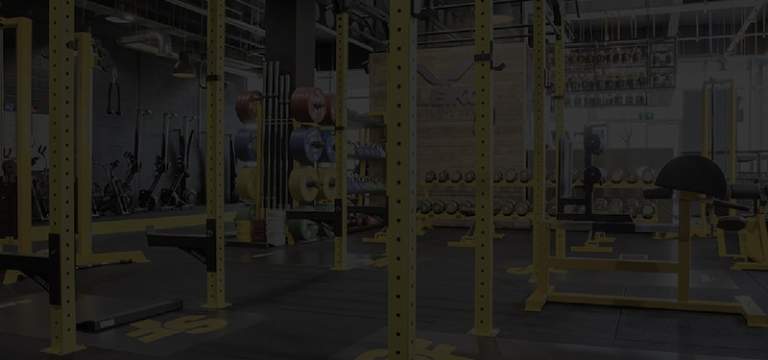Of all the components that make up fitness, there is a good case for arguing that strength is the most important. Being strong makes even the most demanding activity easier and training for strength increases bone mass, improves insulin sensitivity, speeds up fat loss, helps to increase joint mobility and flexibility and, of course, can enhance your appearance. It can also prevent both age-related muscle loss and muscle loss during a diet.
Use these tips to help you get stronger, faster;
1. Use the right repetition range
While performing sets of 6 to 12 repetitions will make you stronger, if you really want to increase your strength as fast as you can, you need to work in the 1 to 5 rep range. Low reps have been shown to be far more effective for developing strength than higher reps. Good set/rep schemes for strength include:
5 sets of 2
3 sets of 3
2 sets of 5
5, 4, 3, 2, 1 rep pyramids (add a little weight set by set)
2. Lift heavy
The results you get from training are dependent on the type of training you do. This is the law of fitness specificity. Strength is your ability to generate maximum force and to develop this characteristic, you need to lift heavy weights.
What can be classed as heavy is very individual. For a beginner, a 60kg deadlift is heavy while for Worlds Strongest Man competitor Eddie Hall, 460kg is heavy.
Choose weights that force you to stay within the 1-5 repetition range. If you can do more than five reps, the weight is too light for serious strength training.
3. Rest long
Strength training sets are often very short – they may last less than 10-seconds. However, such intense efforts require long rest periods if they are to be repeated. Rest periods between sets of strength training should be three to five minutes. You may feel recovered sooner but will find that, if you do another set too soon, you will not be able to lift as much weight or complete as many reps.
4. Focus on compound exercises
The best exercises for building strength fast are compound exercises. Compound exercises involve multiple muscle groups working at the same time. Good examples include bench press, squat, deadlift, overhead press, pull-up, leg press, dips, and rows.
It is very rare that your muscles work in isolation. Instead, they work in large groups. This is the best way to develop lots of force. Training your muscles as they work in nature will produce better, faster results from your strength training. Use isolation exercises sparingly and only after you have completed your main strength training workout.
5. Use total body tension
You cannot shoot a cannon out of a canoe. If you try, it will capsize! The same is true of your body. If you try and lift a heavy weight but are unstable, you will not be able to lift as much weight or you may not be able to lift it at all.
Use total body tension to stabilise your body so you will be better able to perform your chosen exercise.
- Grip the bar as hard as you can to activate your forearms, arms, and shoulders for greater stability
- Brace your abs to stabilise your spine
- Drive your feet into the floor during bench presses to add “leg drive” and prevent wobbling
- Tense your glutes during overhead presses to increase lower body stability
Don’t just think about the muscles you are training, think about how the rest of your body can contribute to the lift. This doesn’t mean cheating; it simply means using the rest of your muscles to provide a solid platform from which to push or pull.
6. Use lifting belts and wrist straps
In almost every exercise, there will be a weak link that holds you back. For some people, a weak grip means that they cannot deadlift or row as much as they’d like to. For others, weak core and poor back stability means they cannot squat as heavily as they want to. Using lifting belts and wrist straps can help by-pass weak links that might otherwise hold you back and limit strength.
To get stronger, you need to follow a sensible, progressive program that adds weight to bar gradually over time. Stick with your chosen program, eat well and get plenty of rest and sleep; you will get stronger. And you’ll get stronger, faster, if you implement these six tips too.












1 Comment
Comments are closed.